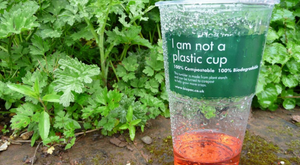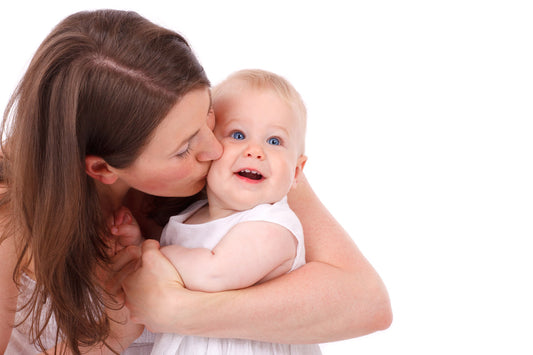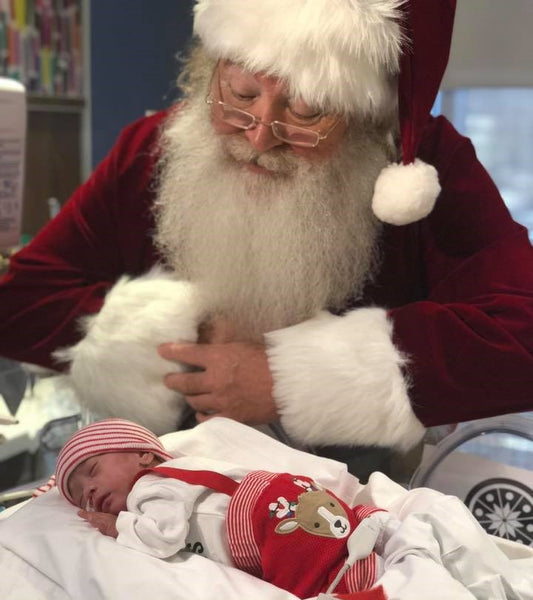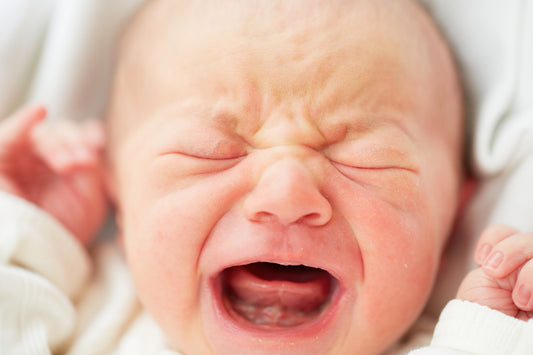Since the 1950's we have produced over 6.3 billion tonnes of plastic.
Only 9% of this has ever been recycled.
Just 0.2% of today's production will be made using recycled material or bio-plastic material.
So which is better; to recycle or to compost? And can plastic really be composted?
Many companies refer to their plastic content and packaging as eco-friendly today, but this can have many different meanings.
Eco-Plastics tend to fall into 5 categories:
- Virgin Fossil-Fuel based and recyclable
- Virgin Fossil-Fuel based and oxo-biodegradable
- Bio-based and industrially or oxo-biodegradable
- Recycled Fossil-Fuel based and recyclable
- Bio-based and compostable / naturally biodegradable
The least eco-friendly of these are ion group 1. Whilst these plastics are widely recyclable, they still use virgin fossil fuels in their production. And despite most councils running kerbside collections only 9% of these plastics have ever been recycled. Too much of this recyclable plastic simply won't find its way into the right waste stream to be chosen for processing. This plastic will still be sent to sit in landfill, in countries abroad, for decades.
The most common form of 'environmentally friendly' plastic is one that is oxo-biodegradable or industrially biodegradable. The use of the word biodegradable is slightly misleading in this context. These plastics may be made using using fossil fuel or a bio-base, but even with the oxo-biodegradation additive, they need very specific industrial conditions to biodegrade. If these plastics don't get processed in the right way to biodegrade they simply won't. Unable to be recycled, these plastics will normally end up in landfill.
 A better option is a 'recycled' PET. This is what we use for our baby wipes. It means we reuse old plastic bottles to make new packaging. This plastic is widely collected at kerbside and can be recycled up to 7 times. By creating a market for this recycled plastic we hope to influence global governments and private companies to improve that 9% target and tackle the 6.3 billion tonne pile.
A better option is a 'recycled' PET. This is what we use for our baby wipes. It means we reuse old plastic bottles to make new packaging. This plastic is widely collected at kerbside and can be recycled up to 7 times. By creating a market for this recycled plastic we hope to influence global governments and private companies to improve that 9% target and tackle the 6.3 billion tonne pile.
 The best bioplastic to protect our planet is one that is compostable. This means it neither uses fossil fuels in its production, nor does it need to be recycled or treated in a special way to biodegrade. These plastics will compost and this is what we use to package our nappies. It feels like plastic and it works like plastic to protect the nappies inside BUT you can simply put it on your home compost and it will break down into natural materials without the risk of micro plastics or chemical leaching.
The best bioplastic to protect our planet is one that is compostable. This means it neither uses fossil fuels in its production, nor does it need to be recycled or treated in a special way to biodegrade. These plastics will compost and this is what we use to package our nappies. It feels like plastic and it works like plastic to protect the nappies inside BUT you can simply put it on your home compost and it will break down into natural materials without the risk of micro plastics or chemical leaching.
Check your packaging
It's not always easy to identify which type of plastic is being used in packaging, and the devil is in the detail! Below you will find all the symbols, technical references and meanings, to help you understand more about the packaging used in the products you buy.
So that’s it in a nutshell. Every ‘eco-friendly’ plastic is better than a non-eco friendly version, but there are varying shades of green-ness between the different categories.
Always know that at Mama Bamboo we will always commit to finding the most eco-friendly solution available, making it super clear on our packaging of exactly how to dispose of it.
Compostable Plastic Symbols
 The top two symbols mean the product can be composted at home or only in industrial conditions. These are the marks of TUV, a large international test house. You may see the curled leaf on our wipe packaging. This certifies that the product is compostable to EN 13432 standards.
The top two symbols mean the product can be composted at home or only in industrial conditions. These are the marks of TUV, a large international test house. You may see the curled leaf on our wipe packaging. This certifies that the product is compostable to EN 13432 standards.
Biodegradable Plastic Symbols
 TUV and Vincotte symbols may also be found on those products which can biodegrade in Marine, Water or Soil environments without the need for the specific conditions of an oxo-biodegradable. The Biodegradable Plastic Institute symbol can be found on many eco- products.
TUV and Vincotte symbols may also be found on those products which can biodegrade in Marine, Water or Soil environments without the need for the specific conditions of an oxo-biodegradable. The Biodegradable Plastic Institute symbol can be found on many eco- products.
Recyclable Plastic Symbols

1. PETE – Polyethylene Terephthalate Often used for drinks bottles, water bottles and many common food packages.
2 – HDPE – High density Polyethylene Mostly used for packaging detergents, bleach, milk containers, hair care products and motor oil.
3 – PVC – Polyvinyl Chloride Pipes, toys, furniture, packaging – you name it. Difficult to recycle.
4 – LDPE Low-density Polyethylene Used for many different kinds of wrapping, shopping bags and sandwich bags.
5 – PP – Polypropylene Used for clothing, bottles, tubs and ropes
6 – PS – Polystyrene Cups, foam food trays, packing peanuts. Polystyrene (also known as styrofoam) is a real problem as it’s bulky yet very lightweight and that makes it difficult to recycle.





